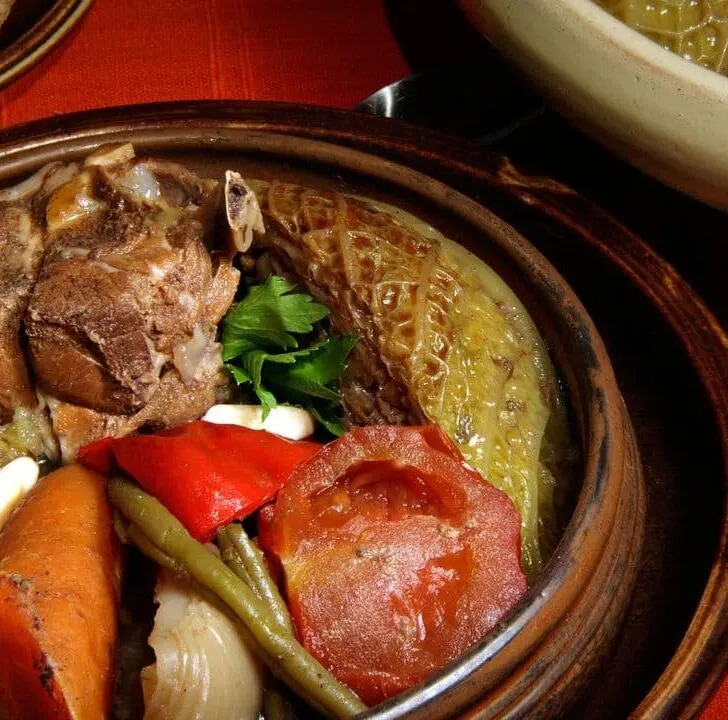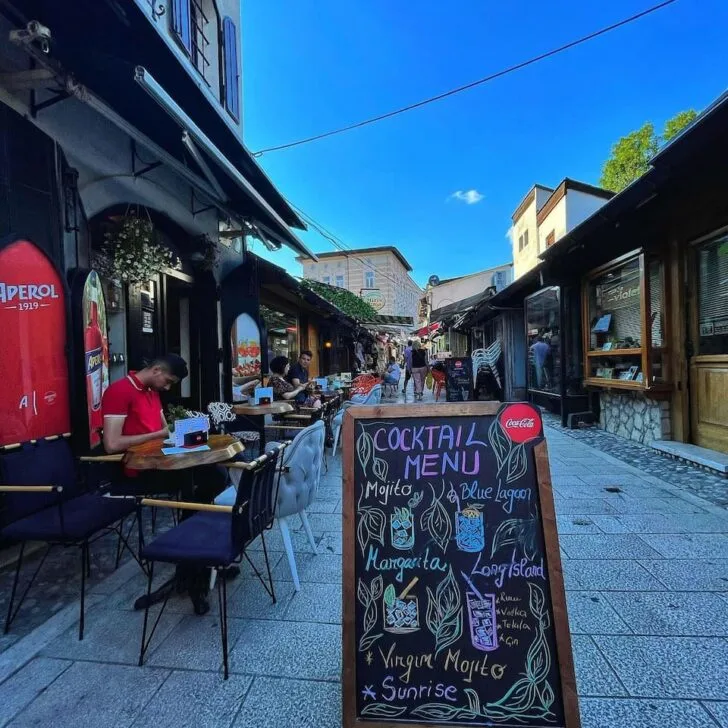We may receive a commission if you make purchases through affiliate links (at no extra cost to you). Read why our approach to travel is different.
Unless you count the bizarre Free Republic of Liberland, Serbia is Europe’s joint-newest country. It’s also one of its oldest. First founded in 780, Serbia lost her independence to the Ottoman Empire in 1459. Aside from a short period in the late-nineteenth and early-twentieth centuries, that independence wasn’t fully restored until 2006.
In essence, Serbia has a long, chequered history. What this means, aside from making this oft-overlooked landlocked country an unmissable highlight of any Eastern Europe itinerary, is that Serbian culture is a wonderful mismatch.
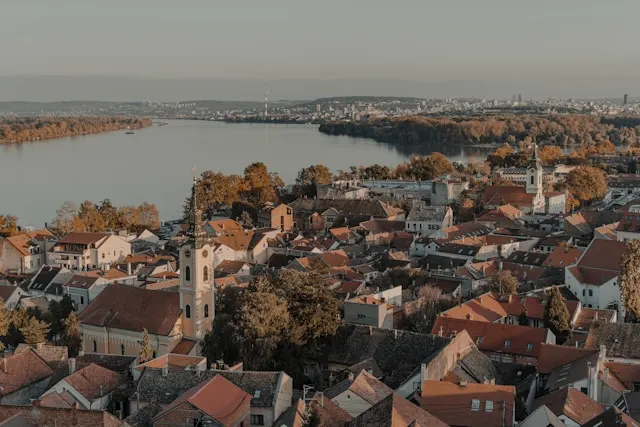
In turn, traditional Serbian food is nothing if not varied. Historically, with the country’s mountainous terrain, Serbian peasants tended to grow basic, easy to cultivate grains. Fresh vegetables were scarce as farmers focussed most of their efforts on rearing livestock.
Today though, it’s the culmination of influences from neighboring Balkan states as well as the Greeks and Turks who once occupied these lands. Better still, Serbia is one of 38 countries to have banned the import and production of genetically modified foods. This means you can be certain that all the traditional Serbian food you try will be free of GMOs.
Skip to...
Why Visit Serbia
Exploring historic Belgrade is reason enough to flock to Serbia. One of Europe’s longest inhabited cities, the meeting point of the Danube and Sava rivers is a true ‘old meets new‘ gem. Belgrade, at first glimpse, isn’t pretty, or not in the traditional sense. It’s gritty, endearingly so.
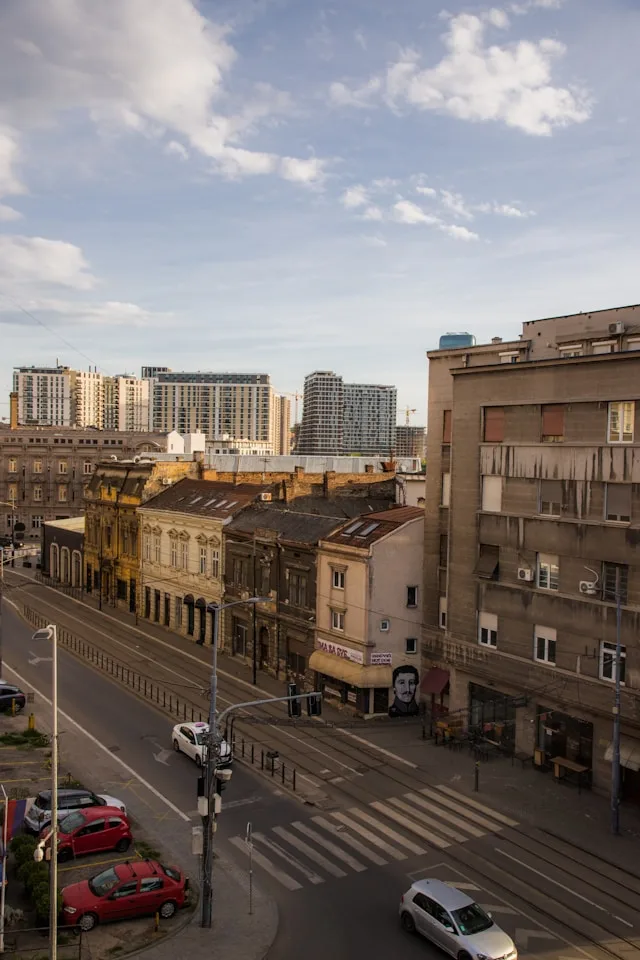
Spend your days here getting to grips with the history, exploring the medieval old town and clambering through the Roman fortress. By night, sample traditional Serbian food in Belgrade’s best restaurants, take a sunset cruise on the Danube or, if you’re feeling energetic, swap the boat for a kayak and explore at your own pace.
If you have time to venture outside the capital, take a day trip to Nis to uncover its Roman history. Alternatively, head for the hills and the spa town of Sokobanja, Fruska Gora National Park or the ski slopes of Kopaonik.
The Best Traditional Serbian Food
1. Sarma
Topping our list of the best traditional Serbian food, sarma have their origins in Turkish cooking. Although vine leaves are popular in many cuisines, particularly in south-eastern Europe, Serbia’s take on the dish is a little different.
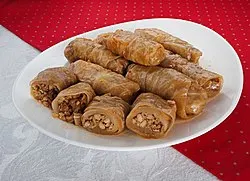
Whilst sarma are always stuffed with minced meat (either pork or beef), the leaf itself varies. In winter, cabbage leaves, sauerkraut, are used. Through summer, the sauerkraut is replaced with in-season grape vine leaves.
Historically, a vegetarian sarma alternative was available during the 40 days of Lent. Nowadays, as you might expect, these vegetarian versions are available year-round, as is sarma made with fish instead of minced meat.
2. Cevapi
Another remnant from Serbia’s time under the Ottoman Empire, cevapi are one of the most popular traditional Serbian food. Loved throughout the Balkans, to such an extent that neighboring Bosnia & Herzegovina have nominated the dish for the UNESCO List of Intangible Cultural Heritage, cevapi’s origins lie with Turkish kofte kebabs.
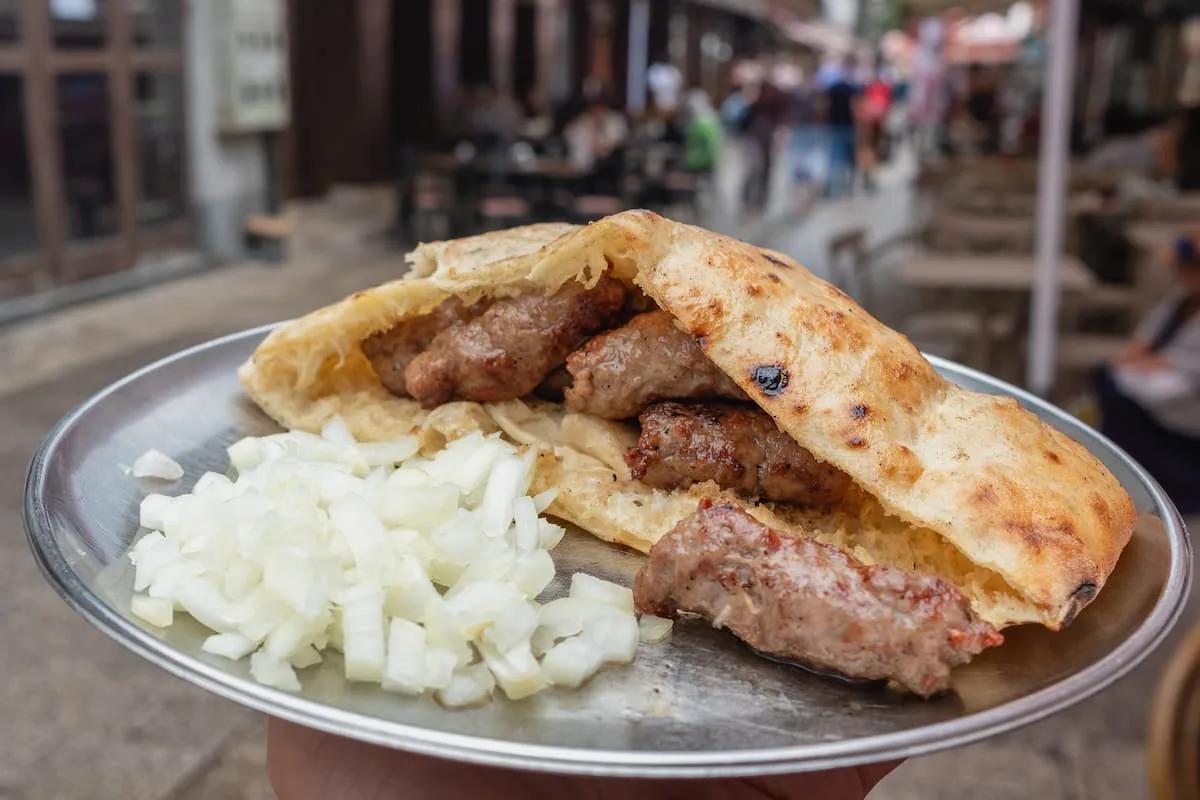
Unlike their Bosnian counterpart which are made entirely of beef, Serbian cevapi comprise a mixture of beef and lamb or, less commonly, pork. Cevapi can be served with a pita-like flatbread, French fries or eaten on their own.
3. Gibanica
So much a traditional Serbian food is gibanica, it’s considered one of the national dishes. The first of our traditional Serbian foods to originate in the country, gibanica is a cheese-based pie. Every gibanica is based on a recipe containing cheese and filo pastry, but the fillings can vary greatly.
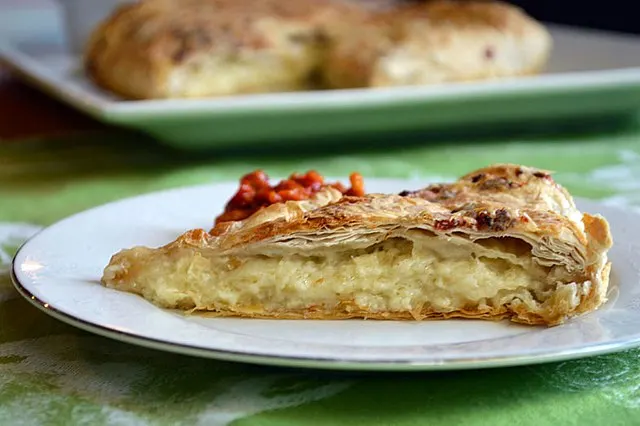
Popular Serbian fillings include minced meat, potatoes and onion. Spinach, and even stinging nettles, are used to prepare vegetarian versions. Whatever your preferred filling, no visit to Serbia would be complete without sampling a slice or two.
4. Karadordeva Snicla
My all time favorite traditional Serbian food, karadordeva snicla hails from Belgrade. Created in the late 1950s by Mica Stojanovic, head chef at the Intercontinental Hotel (which is now a Crowne Plaza), his inspiration came from the humble Chicken Kyiv.
Unfortunately, or fortunately as it led to the development of this traditional Serbian food, Stojanovic didn’t have any chicken or butter. Without the two staples of a Kyiv, he concocted his dish with veal and kaymak, which is similar to clotted cream.
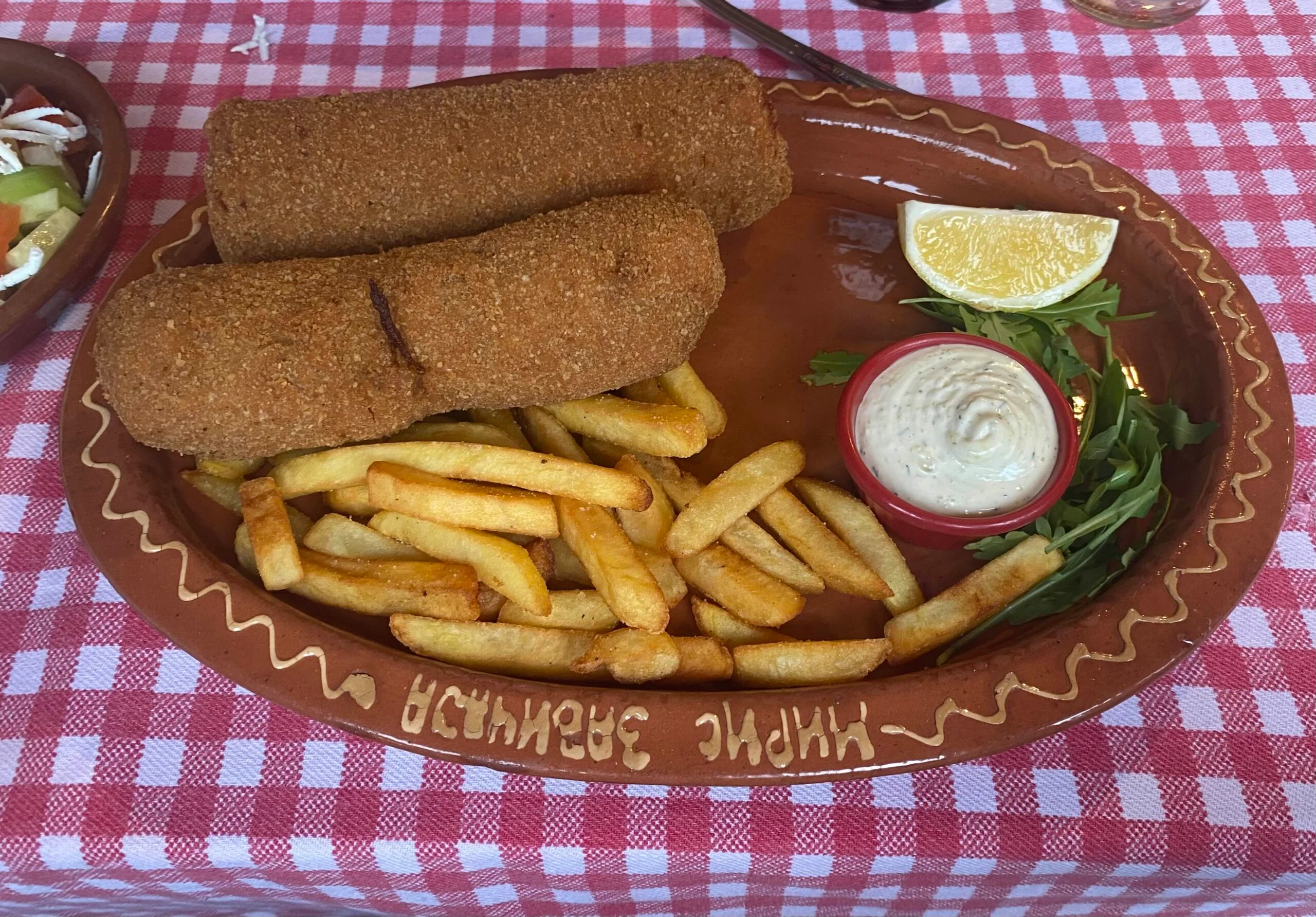
The result was a cross between the Ukrainian staple and a German schnitzel. Indeed, snicla translates into German as schnitzel. Now a staple of traditional Serbian food, karadordeva snicla is commonly served with French fries and mayonnaise.
5. Burek
Our journey through traditional Serbian food once again leads us east to Türkiye. The Yugoslavian version of borek, Serbian burek hails from Nis. First introduced in the city in 1498, burek is still so popular that Nis holds an annual burek baking competition and festival.
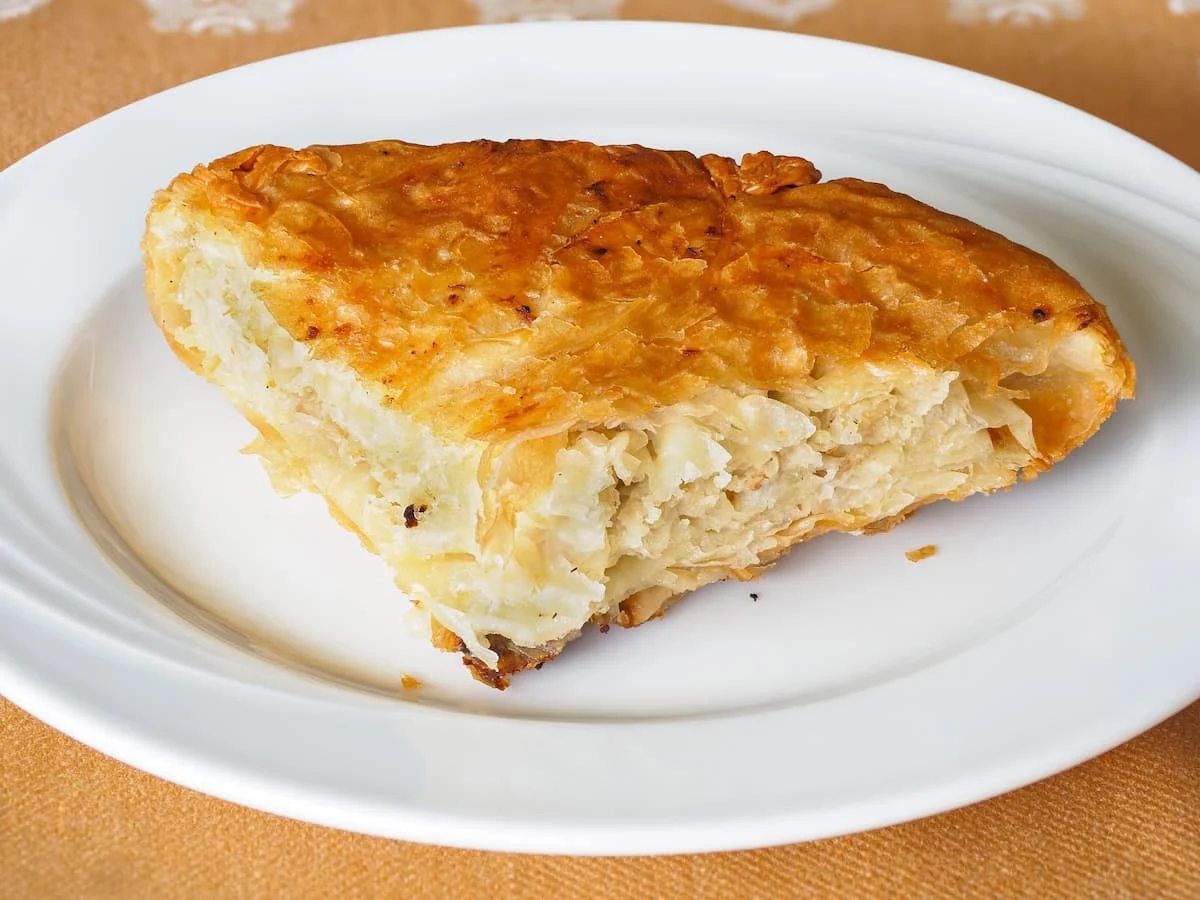
In Turkish cuisine, borek covers an entire family of filo pastries. Whilst many of these are available in Serbia, when on the hunt for traditional Serbian food, only the original will do. It’s prepared as a large, round pie, filled with cheese, minced meat and spinach before being bound with an egg-based yoghurt.
6. Goulash
No visit to Eastern Europe would be complete without sampling the Hungarian national dish. Serbia’s neighbor to the north, Hungary have shared this warming stew far and wide. Goulash has become so popular, even Ethiopia and the United States have their own takes on the dish.
Travel Tip: Sample goulash alongside 20 more Serbian delicacies on a Belgrade street food tour.
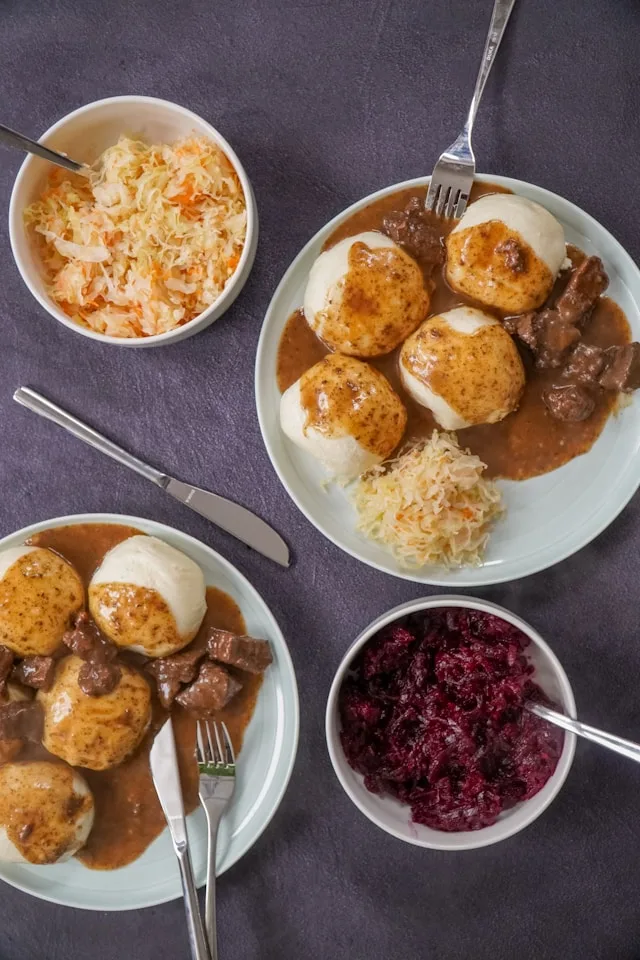
Serbia’s take on goulash is very true to the Hungarian original. Indeed, it’s believed to have been introduced as a traditional Serbian food by Hungarian immigrants to the northern Vojvodina province. A rich paprika-infused red wine gravy forms the base of the stew, with vegetables and meat added to be slow-cooked.
Beef is the most commonly used meat, but veal and pork also feature. Some more extravagent recipes use wild boar or venison instead. Furthermore, Goulash is sometimes served with macaroni in place of the mashed potatoes.
7. Sataras
Another stew making our list of the most traditional Serbian food is sataras. Admittedly, it isn’t quite as well known as goulash, but sataras is no less delicious.
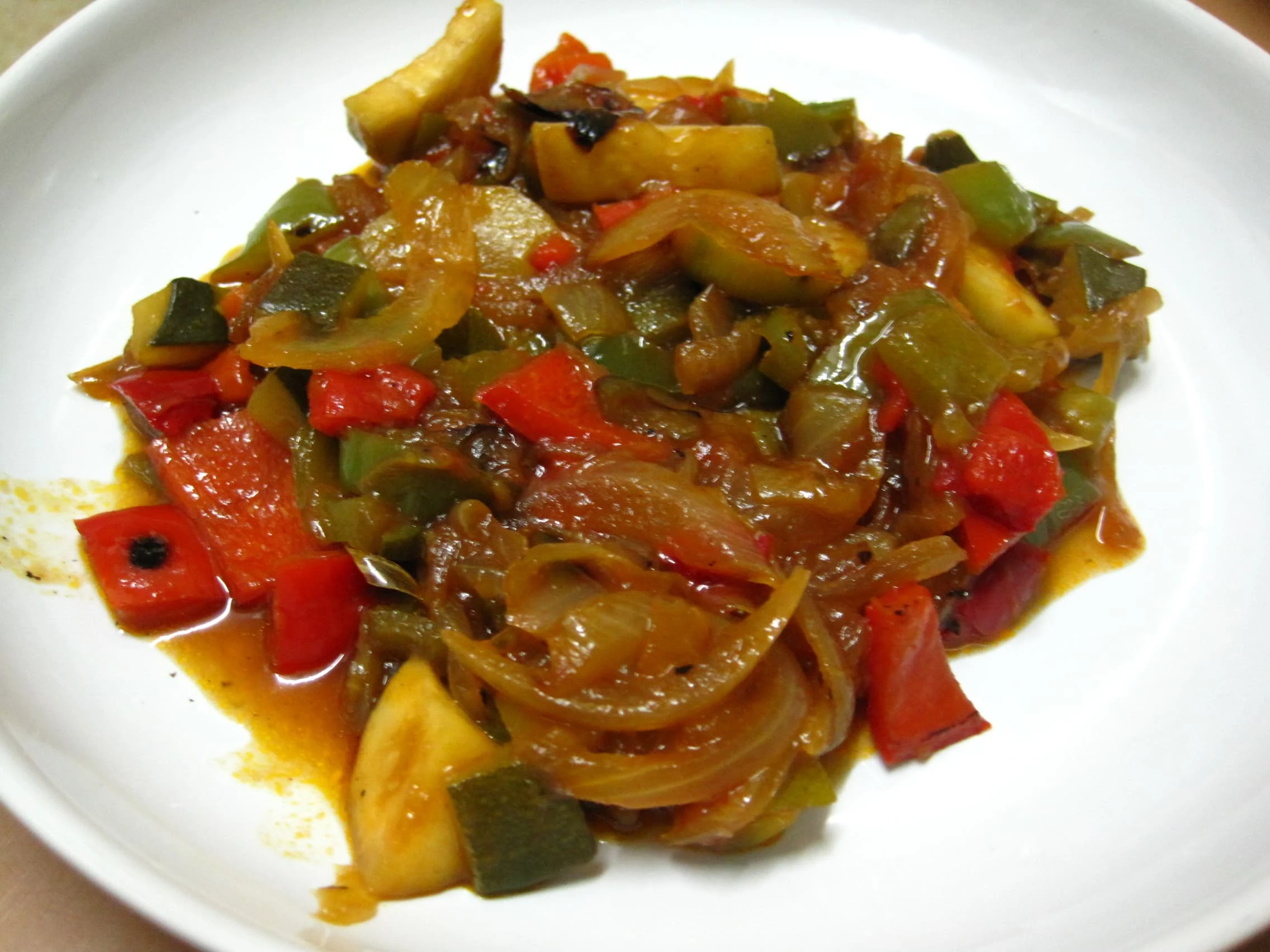
A simple dish of tomatoes, onions and bell peppers, sataras is proof of the old adage that simple is often best. Seasoned with spices, this is the ultimate vegetarian Serbian stew. Sataras is an extremely versatile dish. It is often served for breakfast with the addition of fried eggs, as well as for lunch and dinner.
8. Pljeskavica
Another traditional Serbian food based on grilled minced meat, pljeskavica’s popularity has seen it spread right across the Balkan region. Often dubbed the “Serbian hamburger”, pljeskavica can be served in a flatbread or as a patty alone.
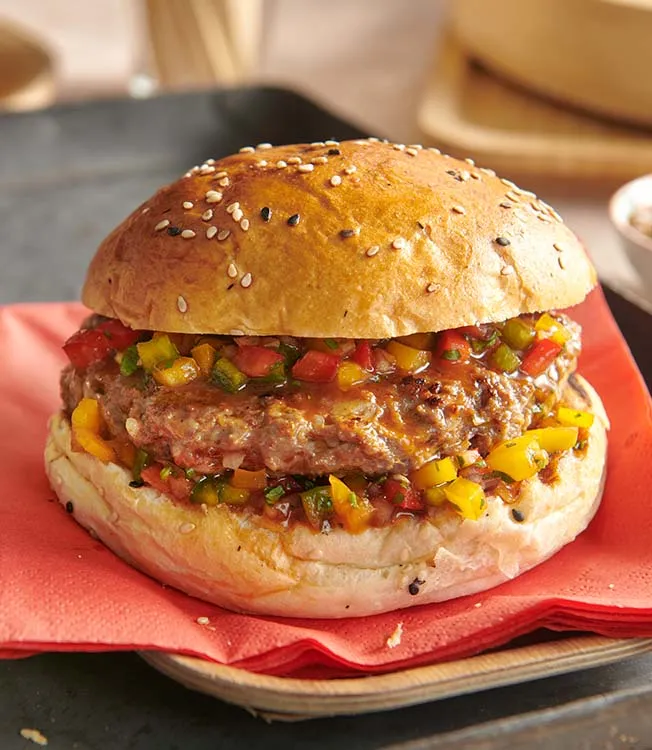
Beef, pork or veal are the most frequently used meats, with some recipes calling for a mixture of all three to be employed. Paprika, salt and pepper are added to season the meat before the patties are cooked on a grill.
When being served in a flatbread or burger bun, onions and avjar relish are often added on top of, or underneath. the patty, with French fries served as an accompaniment. If you opt for a bun-less pljeskavica, you’ll often find it served with a spicy cheese salad known as urnebes.
9. Krofne
Turning our attention to sweet traditional Serbian food, krofne are the ultimate indulgence. Donuts might not be the first thing to spring to mind when you think of Eastern Europe, but once you’ve taken a bite, you won’t ever look back.
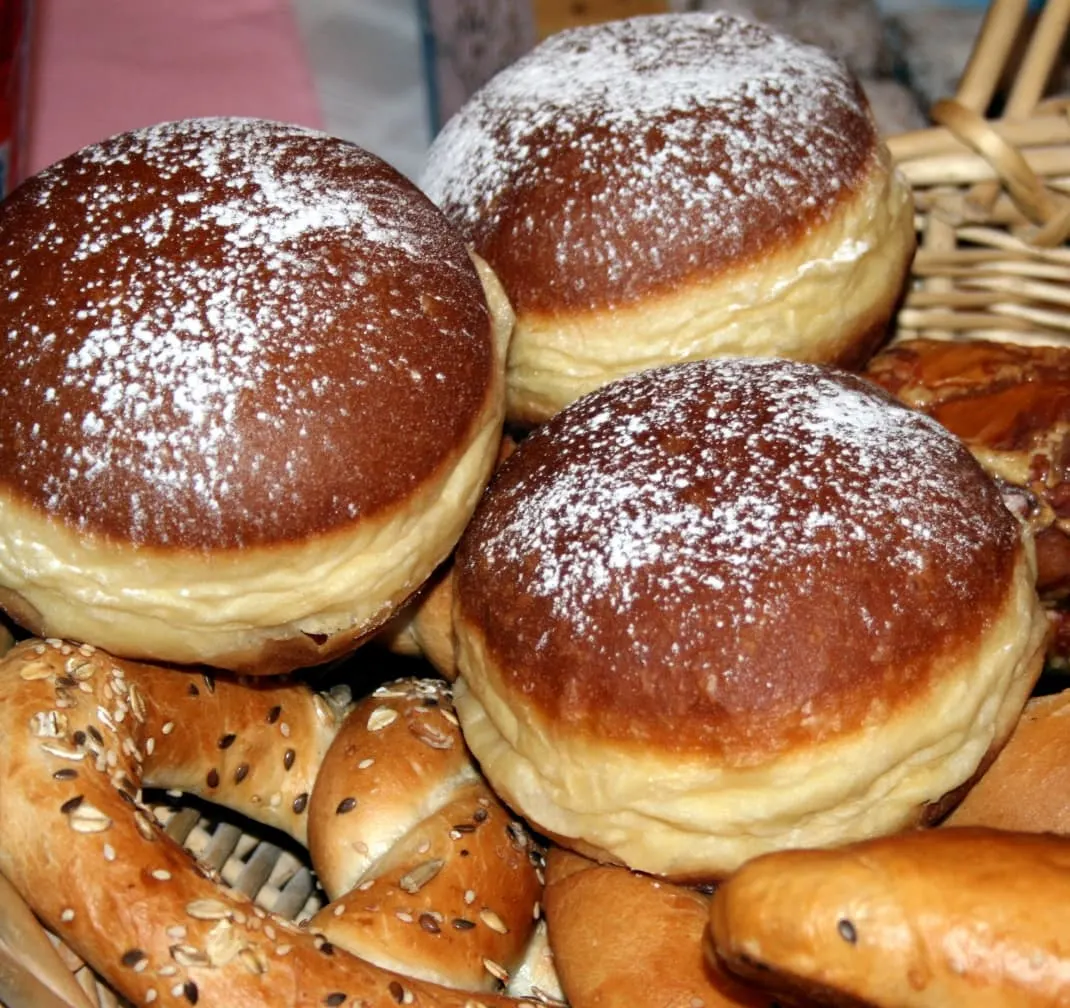
Looking a little bit like Berliners, krofne can be filled with vanilla cream, fruit jams or chocolate fondant. You’ll find them at almost every bakery and café in Serbia whenever you visit, but they’re particularly popular in the Christmas and New Year period.
10.Tulumba
If donuts aren’t sweet enough, tulumba go one step further. The grand finale of our traditional Serbian food adventure are all about the sugar.
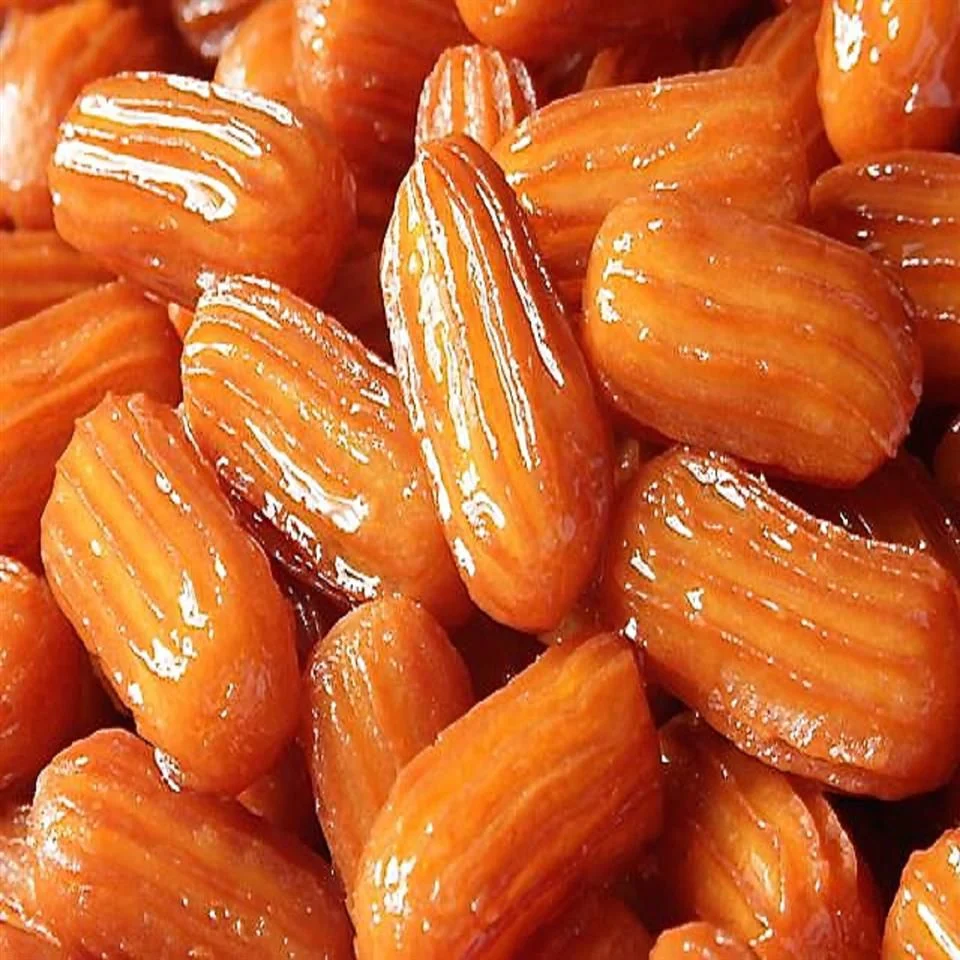
Serbia’s answer to churros, tulumba are 3cm-long pieces of unleavened choux pastry dough. Fried in batter, a sickly-sweet syrup is poured over the pastry before it’s left to cool and served cold.
Although it was the Ottomans who brough tulumba to Serbia, the dish’s origins are unknown. Tulumba can be found throughout the Balkans and even further afield. An identical dish, known as bamiyeh, has existed in Persian countries for centuries. Syria and Iraq have their own versions too. Wherever they came from, tumlumba will always be a highlight of traditional Serbian food.
Share This Article

Traveling soon? Subscribe to The Insight below and get exclusive access to our personalized travel advice community via WhatsApp so you can ask all your burning travel questions.
Looking for the best comprehensive travel insurance? SafetyWing has you covered.
And for your eSIM in every country, there is only one option we recommend: Airalo.
Read more of our best insights from around the world
